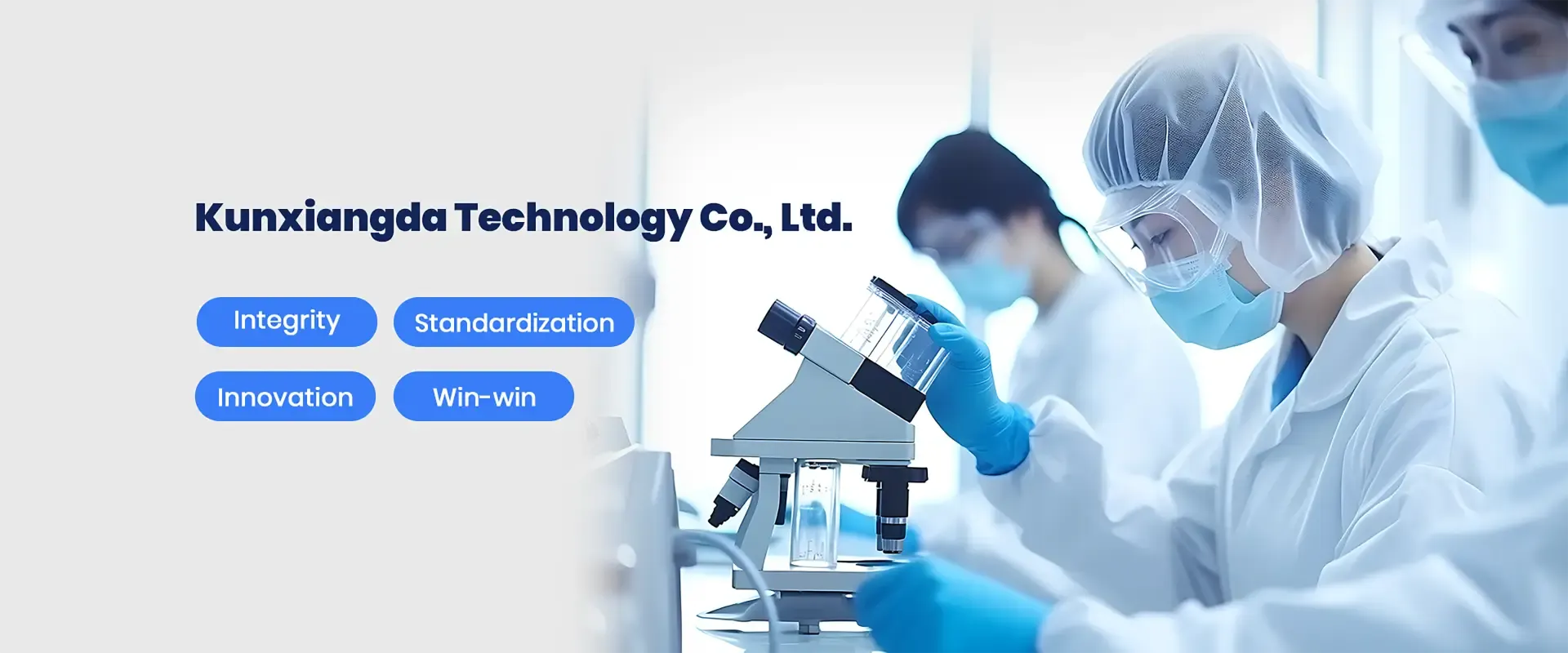Chemical Water Treatment Methods Ensuring Clean and Safe Water
Water is an essential resource for life, yet it is often subject to contamination from various sources such as industrial discharge, agricultural runoff, and improper waste disposal. As a result, chemical water treatment methods have become crucial in ensuring that water is safe for human consumption and environmental sustainability. This article delves into the primary chemical treatment methods and their importance in water purification.
1. Coagulation and Flocculation
One of the foremost steps in chemical water treatment is coagulation and flocculation. This process involves adding coagulants, such as aluminum sulfate or ferric chloride, to the water, which causes tiny particles and impurities to clump together, forming larger aggregates known as flocs. The flocs can then be easily removed from the water through sedimentation or filtration. This method is particularly effective in removing suspended solids, turbidity, and microorganisms, making it a vital first step in the purification process.
2. Disinfection
After coagulation and flocculation, disinfection is a critical step in the treatment process to eliminate pathogens that pose health risks. Common chemical disinfectants include chlorine, chloramine, and ozone. Chlorine is widely used due to its effectiveness and residual capacity to prevent re-contamination. However, the formation of byproducts such as trihalomethanes (THMs) can be a concern. Ozone treatment, on the other hand, is a powerful oxidizer that kills bacteria and viruses without leaving harmful residues. The choice of disinfectant often depends on the specific water quality and regulatory standards.
3. Oxidation and Reduction
chemical water treatment methods

Oxidation and reduction processes are also employed in chemical water treatment to remove contaminants. For instance, potassium permanganate is used to oxidize iron and manganese, precipitating them out of the water. This is particularly beneficial in groundwater treatment, where these elements can cause staining and taste issues. Additionally, reduction processes can be used to remove chlorine or other oxidants from treated water before it reaches consumers.
4. pH Adjustment
Chemical treatment methods also include pH adjustment, which is vital for optimal coagulation, flocculation, and disinfection processes. Lime and sodium hydroxide are commonly added to raise pH, while sulfuric acid can be used to lower it. Maintaining the correct pH is crucial not only for efficient treatment but also for preventing corrosion in pipes and ensuring the release of beneficial minerals in water.
5. Advanced Oxidation Processes (AOPs)
For challenging contaminants that are resistant to conventional treatment methods, Advanced Oxidation Processes (AOPs) are becoming increasingly popular. AOPs utilize strong oxidants, often in combination with ultraviolet (UV) light or hydrogen peroxide, to decompose persistent pollutants. This method is particularly effective in treating emerging contaminants such as pharmaceuticals and personal care products, highlighting the need for adaptability in water treatment technologies.
Conclusion
Chemical water treatment methods play an indispensable role in safeguarding public health and preserving the environment. With a myriad of techniques available, the choice of method often depends on the specific composition of the water being treated and the desired quality standards. As water scarcity and pollution continue to rise globally, investing in effective chemical treatment technologies will be paramount in providing clean, safe, and sustainable water resources for future generations. By understanding and implementing these methods, we can ensure that this vital resource remains protected and accessible to all.

